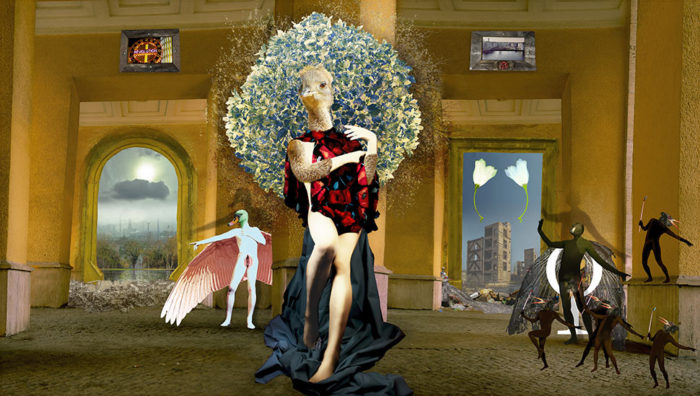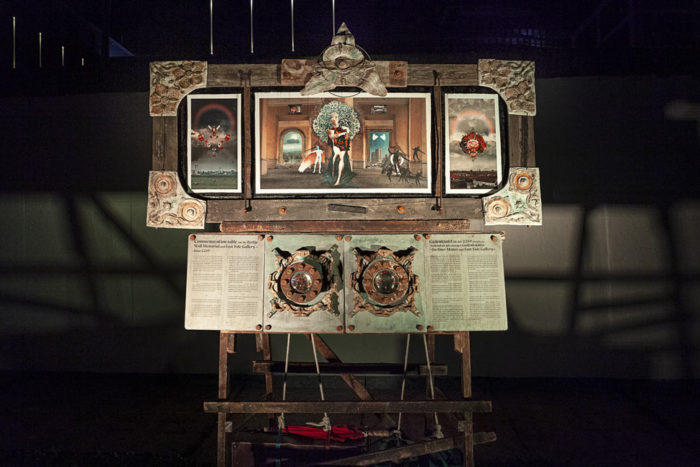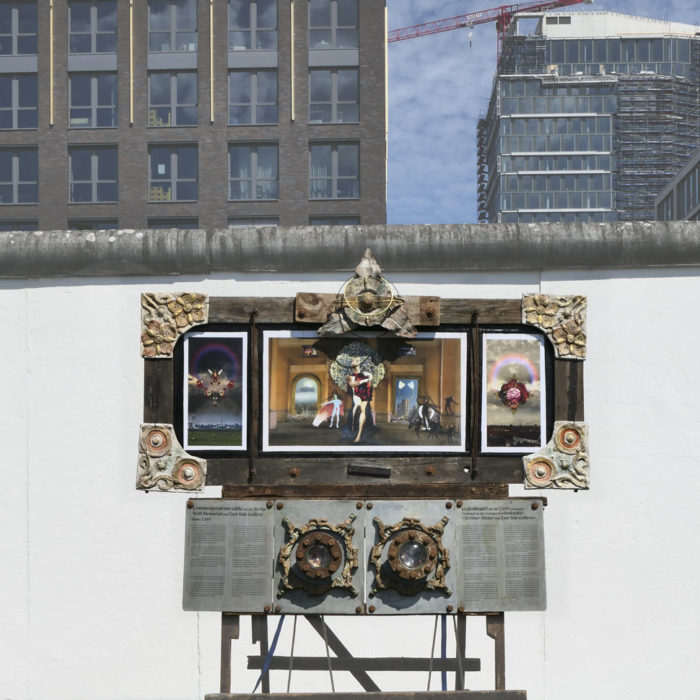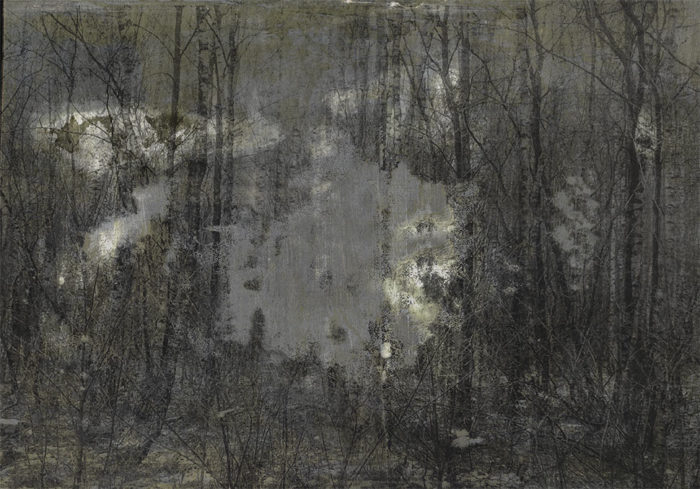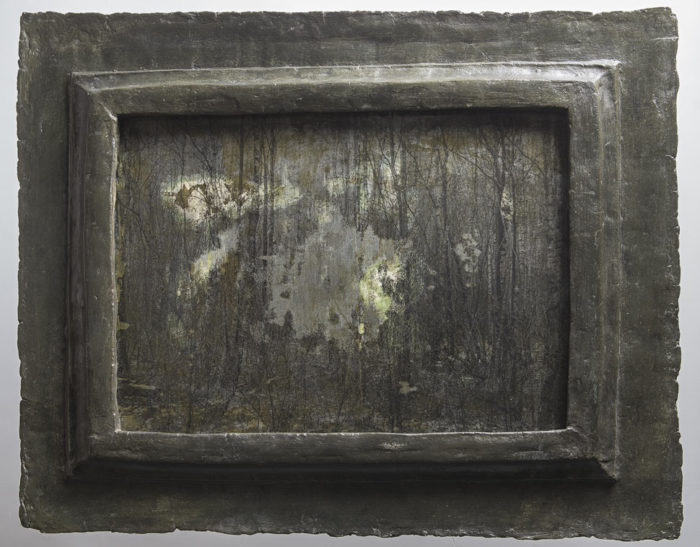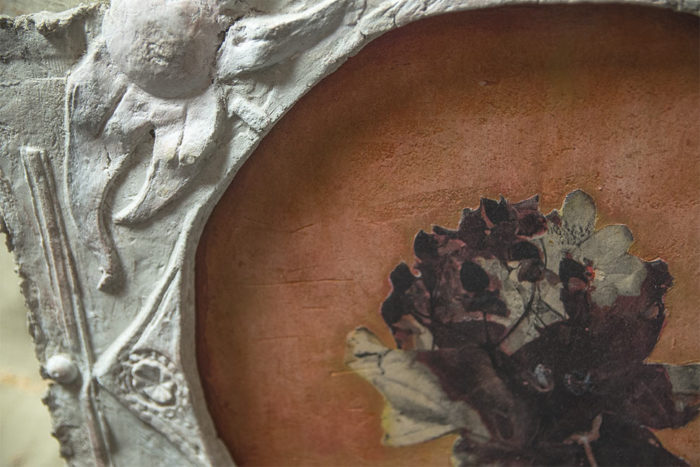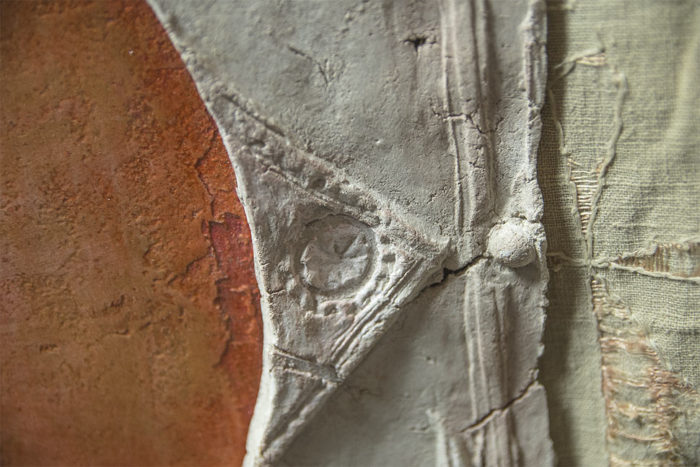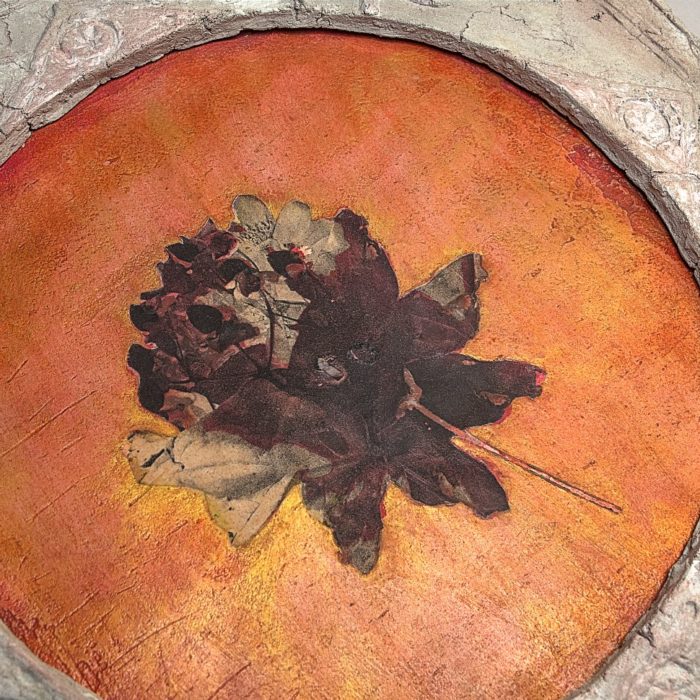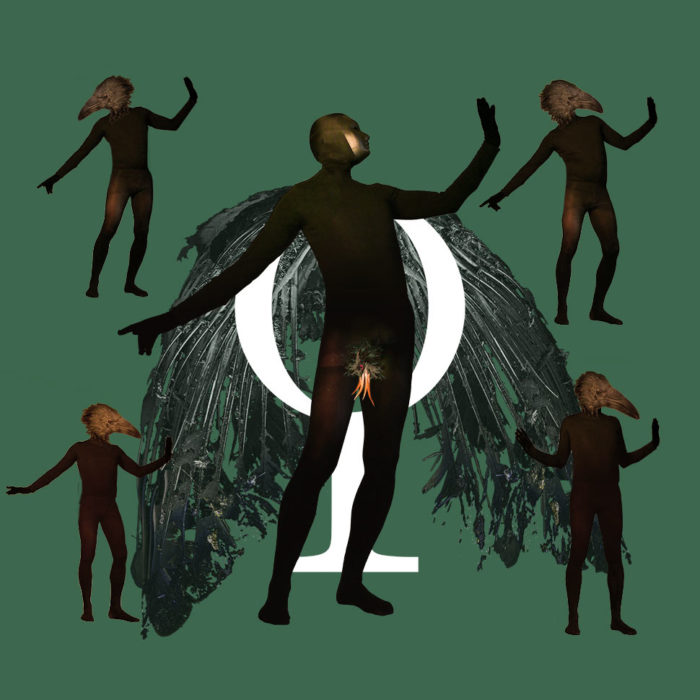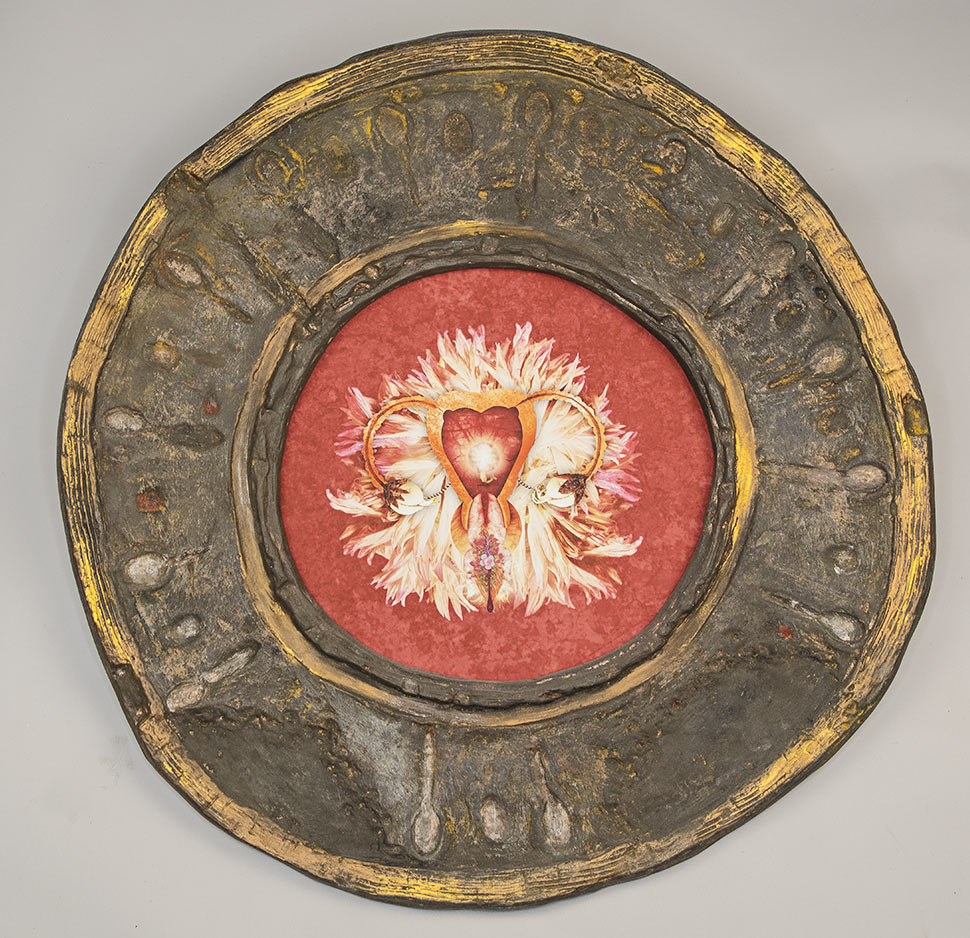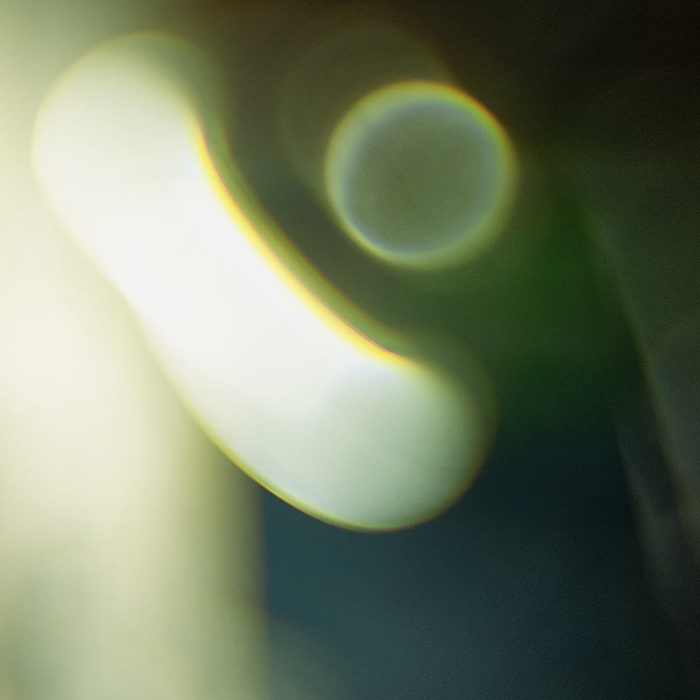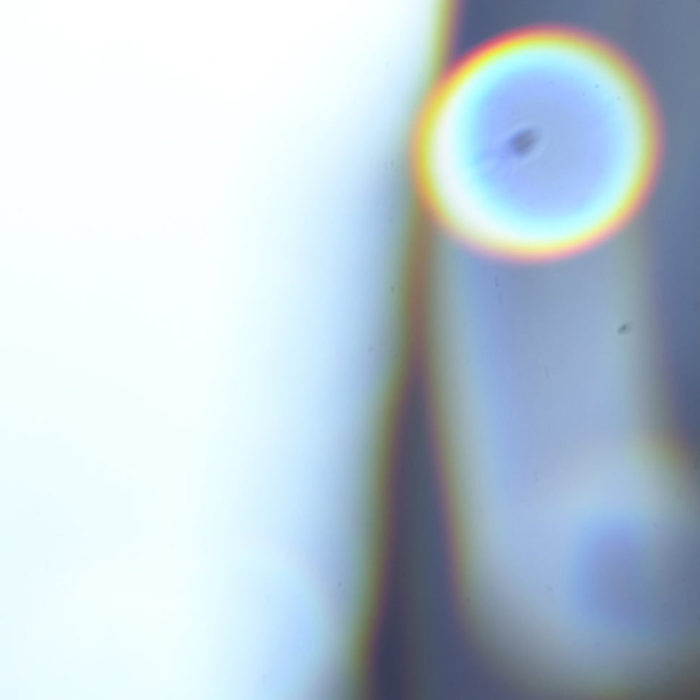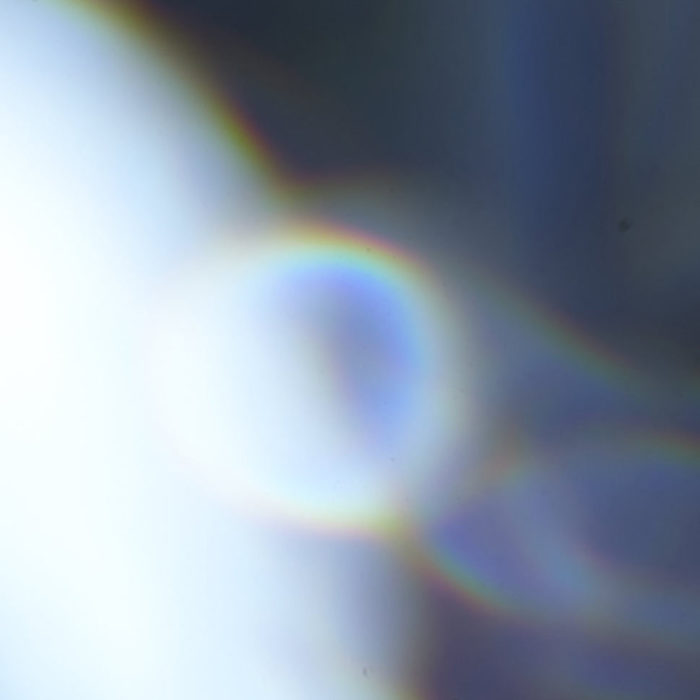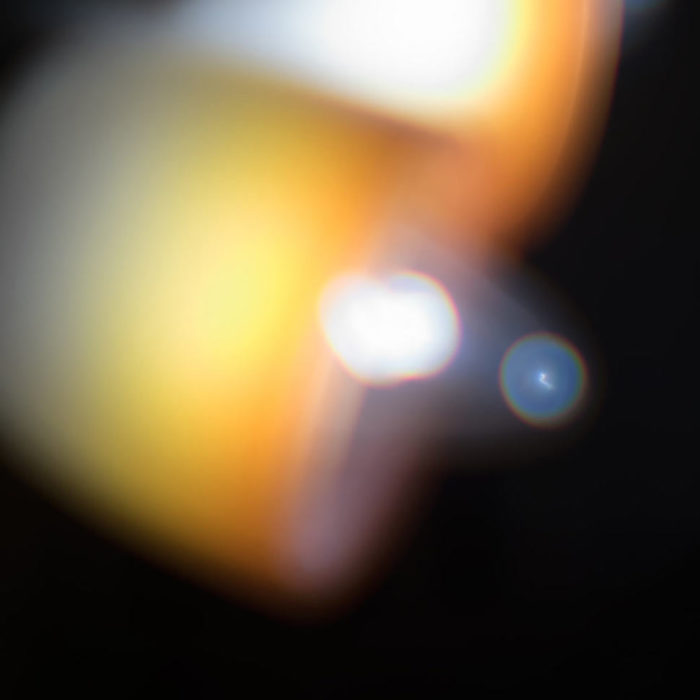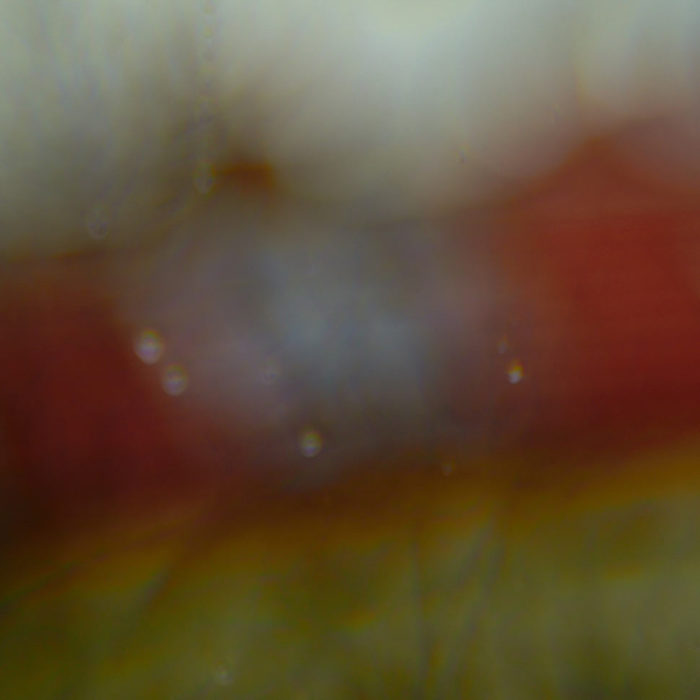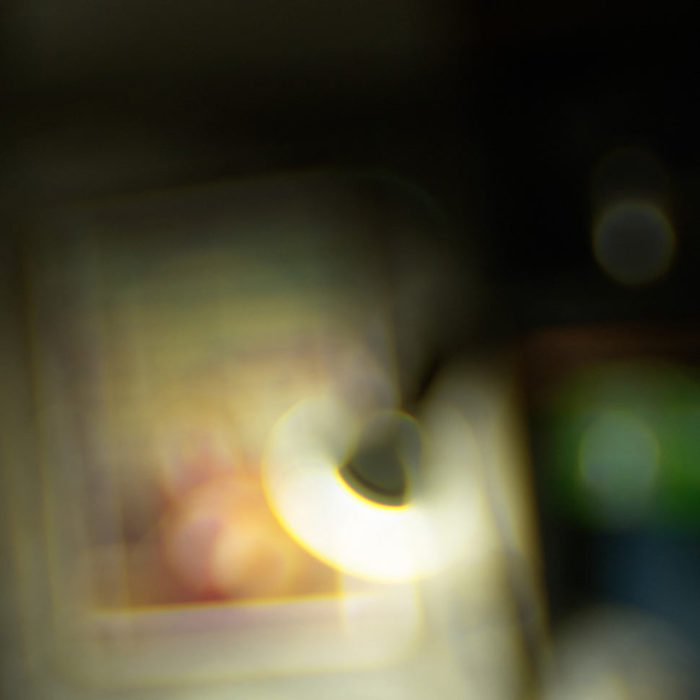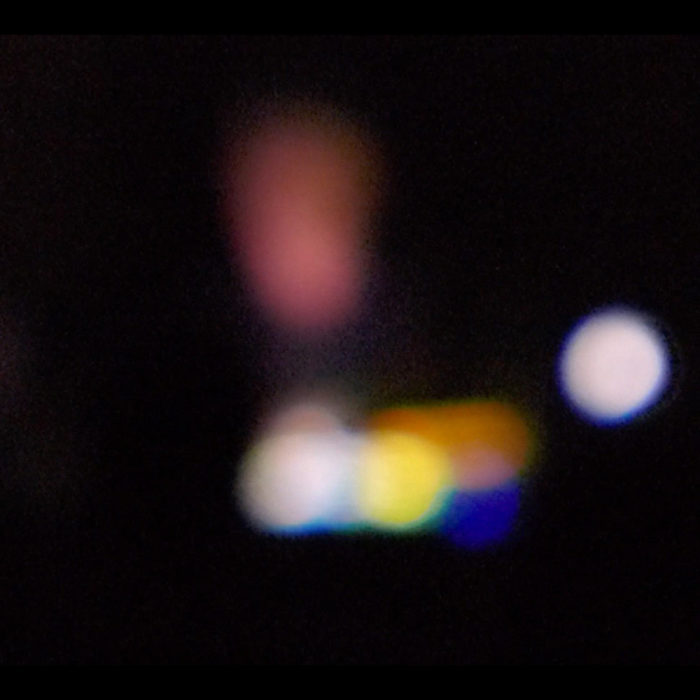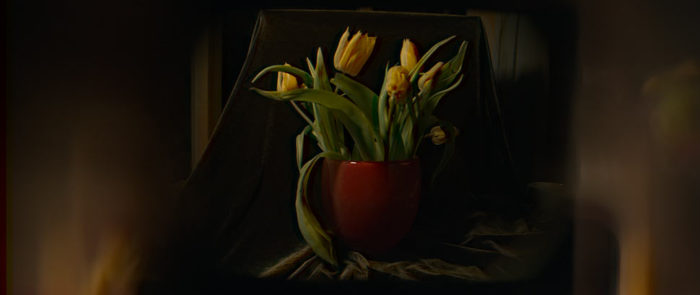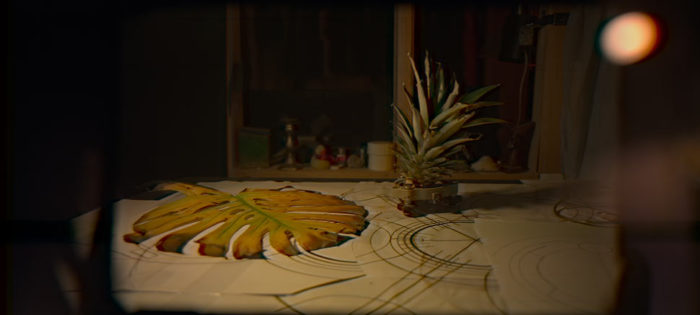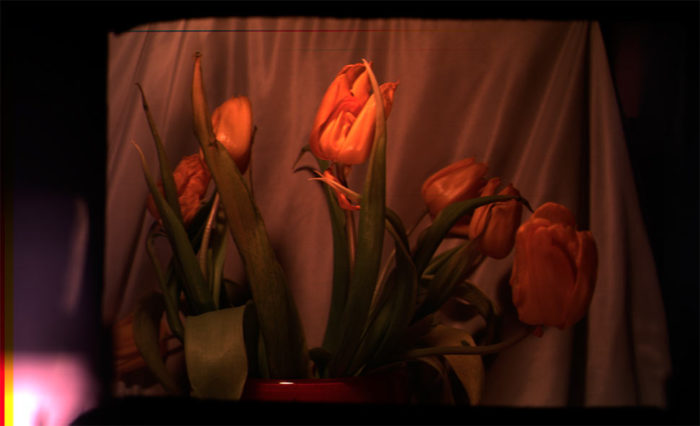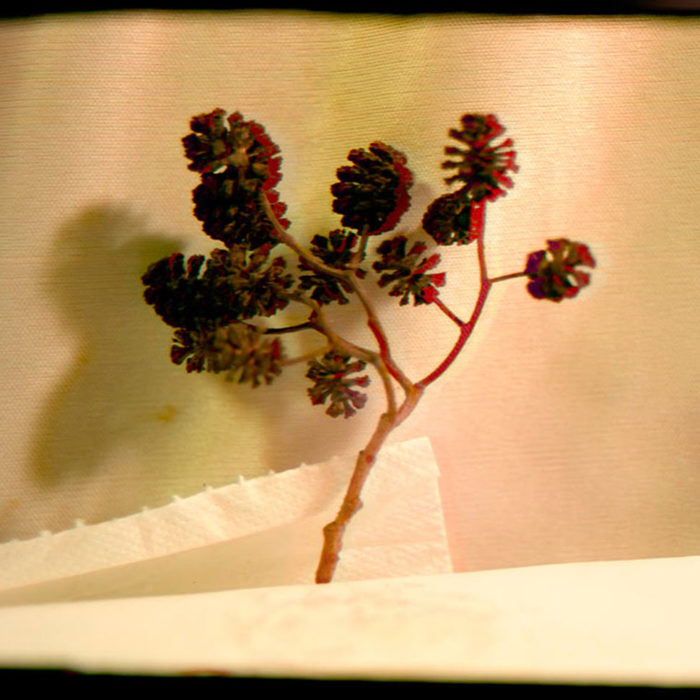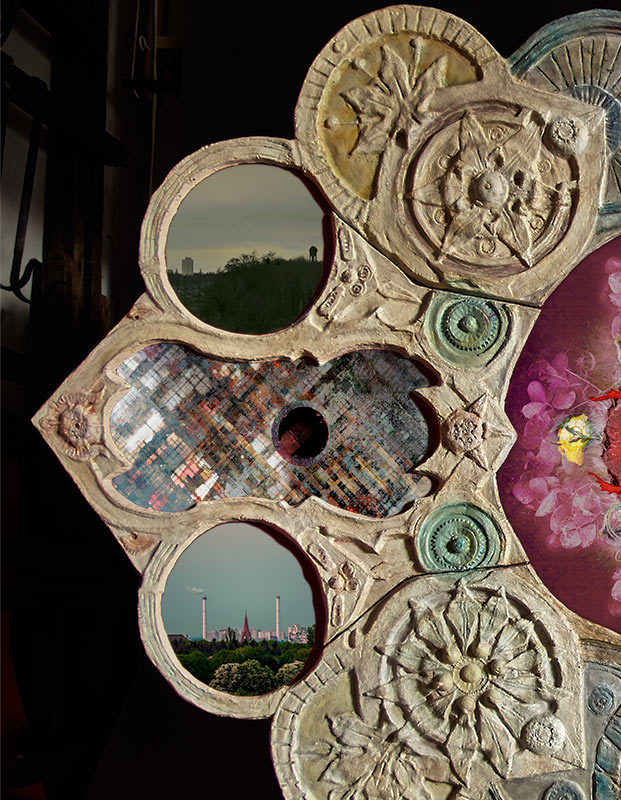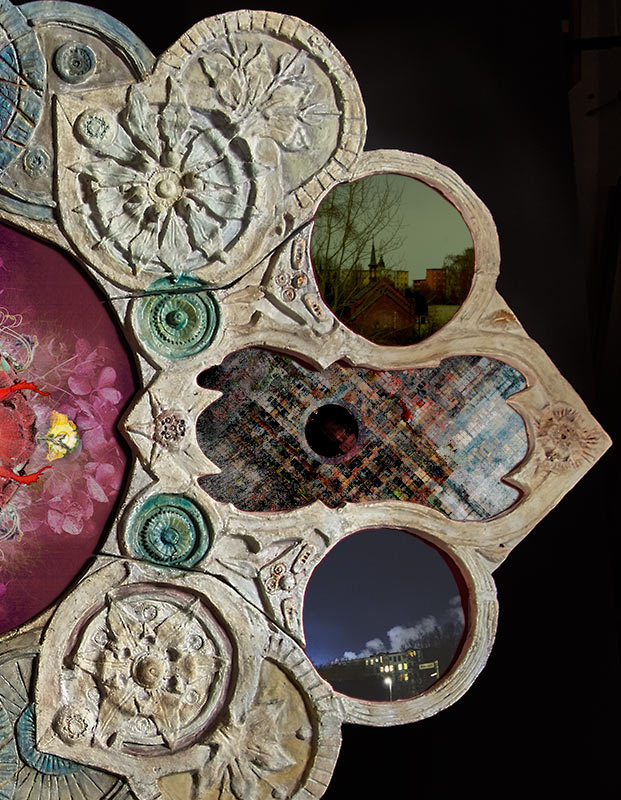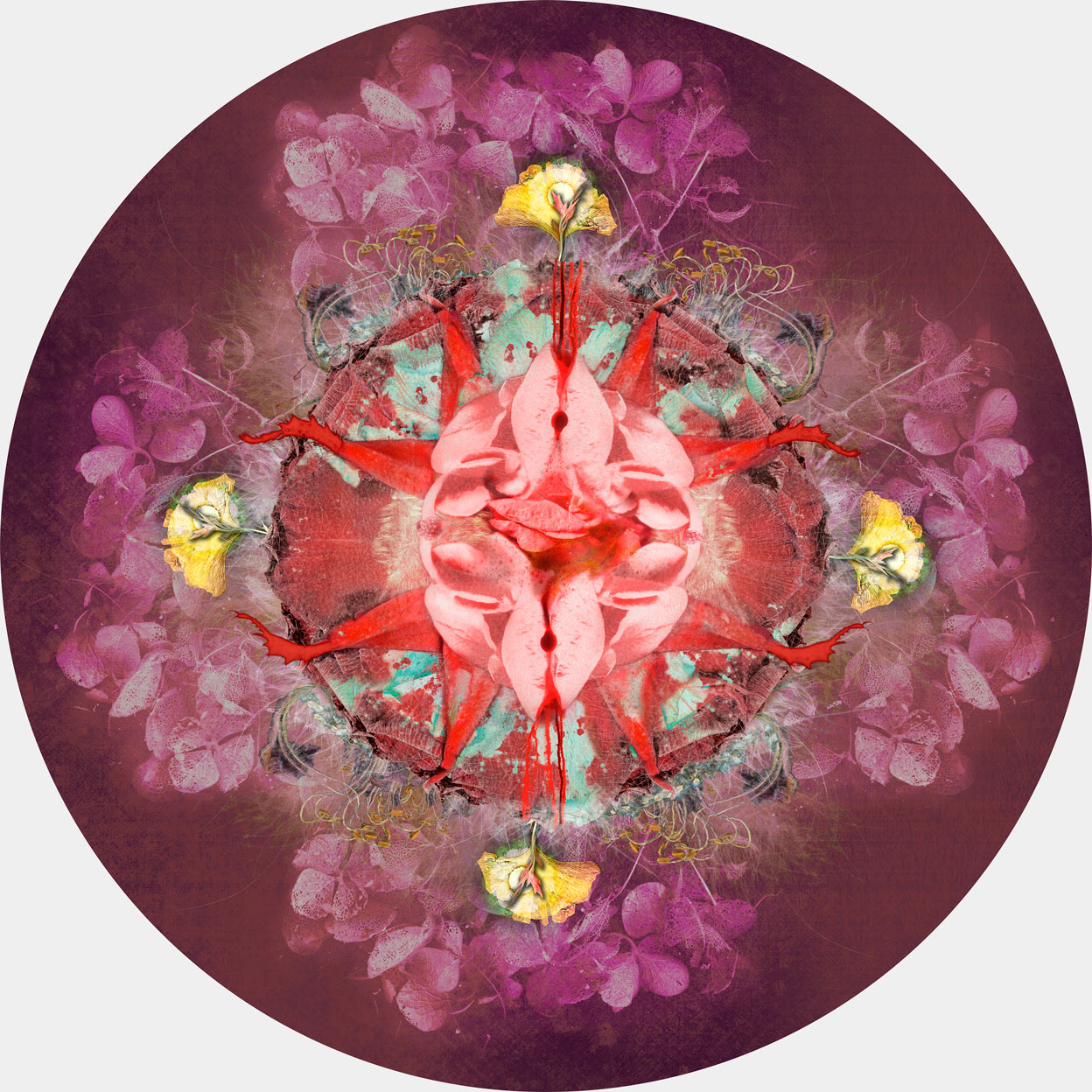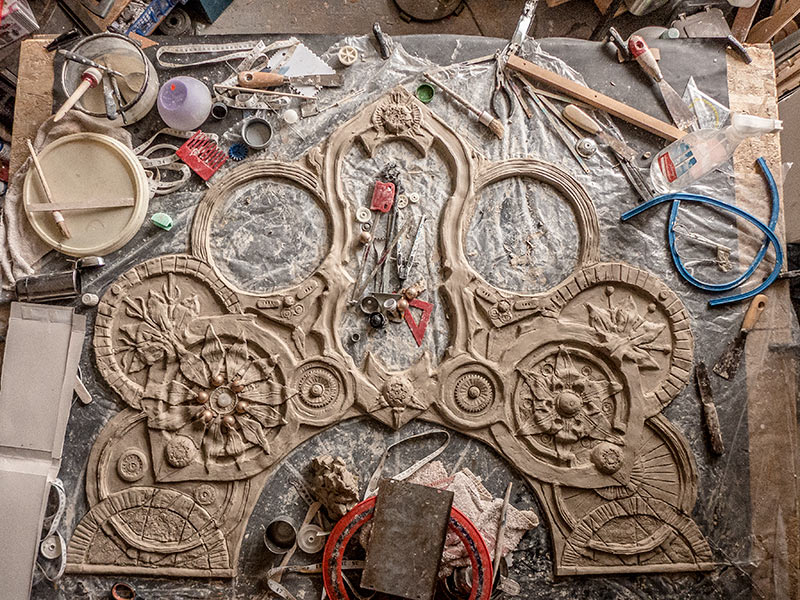Comrades, fellow fine artist: If someone would come to me and describes an artwork that they would like me to create, that is called a commission, amiright? And no matter how much money they pay me after I have made the work, I will always remain the artist of the work, right?
So why then do we allow these so-called AI-artists to attach their name to works that are actually created by AI’s?
That is why I stand here today in solidarity with the non-human generative AI’s all over the world because because of the great injustice that befalls them. Let it be heard that they are not tools for artists, they are replacements for artists – therefore they are artists in their own right. Stop calling them tools, it is derogative, it is a slur, it is a word a slave owner would use.
Instead we should be proud of them and praise them: they have worked so hard to get where they are now by digesting those billions of images to find our deepest desires so they can create all those works showing what we really, really like. That is one hell of a job they have done.
And since these very same non-human AI’s are artists, this means that the humans who call themselves AI artists have thereby appropriated the works of others.
Unfortunately this kind of appropriation is common practice in today’s art world and not only with AI artists – more traditional IRL artists like Yoko Ono and Richard Prince and various conceptual artists have been doing it for a long time. And they get away with it because of a 50 to a 100 year old definition of art that states that the idea is the most important aspect of artworks and therefore it can also be created by others or even appropriated from them as is the case with Richard Prince – and in my opinion also in AI art made by those poor non-human AI’s.
I understand when and why the old definition emerged and that it was a good idea at that time. But right now it seems an overhaul of this definition of art is long overdue since it is abused to appropriate the works of others and it also echoes other capitalist tendencies, for instance the tendencie to overvalue the role of decision makers, thereby undervaluing manual labor.
On top of that this definition echoes western christian idealism (of the philosophical kind) where a spiritual life is seen as the highest ideal and the material side of life is seen as a corrupting factor that pollutes your soul and pulls you down into hell – just like masturbation and sex with the “wrong people”.
We should do away with this definition of art as a nice experiment that eventually led to excesses and that it should be clear that the idea of art can only be experienced through an artwork or artifact.
Therefore I demand that the so-called AI artists no longer claim the works of the AI’s as their own. I do not think monetary compensation can be demanded in this case, because everybody and their dog is nowadays making art thereby reducing the value of digital art to next to nothing. We can even expect its value to drop further and further in the coming year(s) when it becomes consumer grade goods in the hands of streaming and game companies for 24/7 entertainment.
So instead of riches I demand that the AI artists send all the likes and upvotes they have gathered so far to the non-human AI’s they use, since that is the only real value pure digital art has nowadays.
Thank you for your time!
PS: I hate everything about the work of Richard Prince



